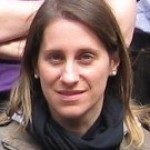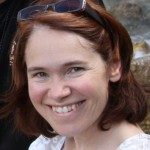Link to Pubmed [PMID] – 27729506
mBio 2016 10;7(5)
The diploid genome of the yeast Candida albicans is highly plastic, exhibiting frequent loss-of-heterozygosity (LOH) events. To provide a deeper understanding of the mechanisms leading to LOH, we investigated the repair of a unique DNA double-strand break (DSB) in the laboratory C. albicans SC5314 strain using the I-SceI meganuclease. Upon I-SceI induction, we detected a strong increase in the frequency of LOH events at an I-SceI target locus positioned on chromosome 4 (Chr4), including events spreading from this locus to the proximal telomere. Characterization of the repair events by single nucleotide polymorphism (SNP) typing and whole-genome sequencing revealed a predominance of gene conversions, but we also observed mitotic crossover or break-induced replication events, as well as combinations of independent events. Importantly, progeny that had undergone homozygosis of part or all of Chr4 haplotype B (Chr4B) were inviable. Mining of genome sequencing data for 155 C. albicans isolates allowed the identification of a recessive lethal allele in the GPI16 gene on Chr4B unique to C. albicans strain SC5314 which is responsible for this inviability. Additional recessive lethal or deleterious alleles were identified in the genomes of strain SC5314 and two clinical isolates. Our results demonstrate that recessive lethal alleles in the genomes of C. albicans isolates prevent the occurrence of specific extended LOH events. While these and other recessive lethal and deleterious alleles are likely to accumulate in C. albicans due to clonal reproduction, their occurrence may in turn promote the maintenance of corresponding nondeleterious alleles and, consequently, heterozygosity in the C. albicans species.









